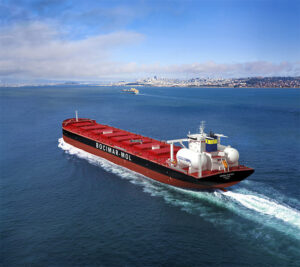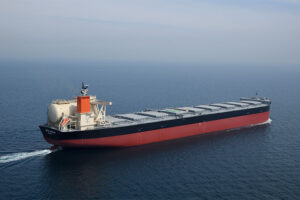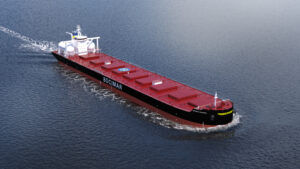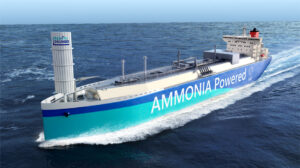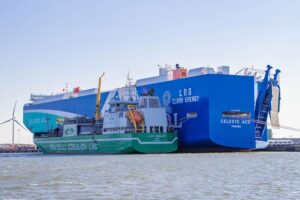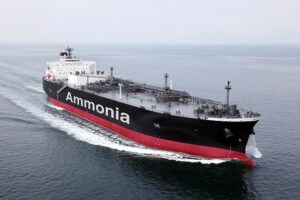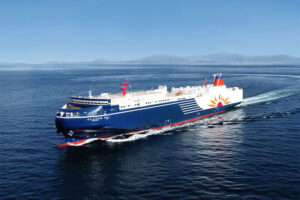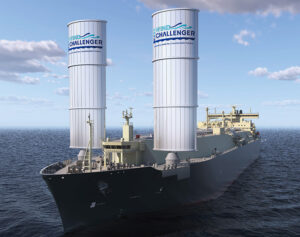MOL enters ship fuel efficiency partnership, backs Mission Possible’s ammonia proposal
Japanese shipping company Mitsui O.S.K. Lines (MOL), its group company MOL Techno-Trade (MOLTT) and Akishima Laboratories (Mitsui Zosen) have formed a strategic partnership to progress fuel efficiency of MOL Group-operated vessels and minimise vessels’ greenhouse gas (GHG) emissions.
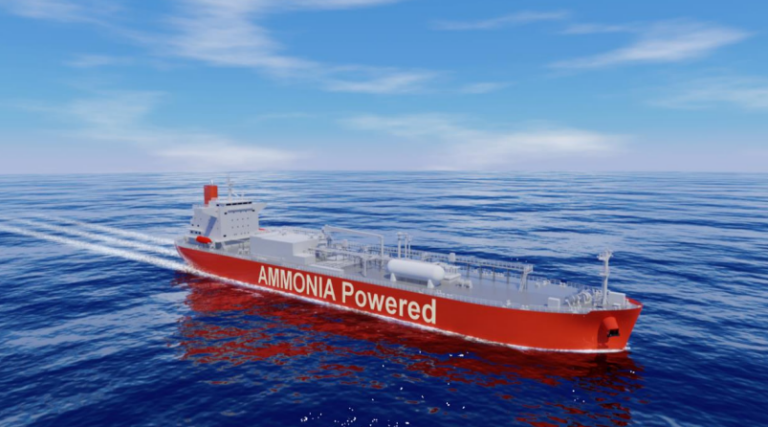
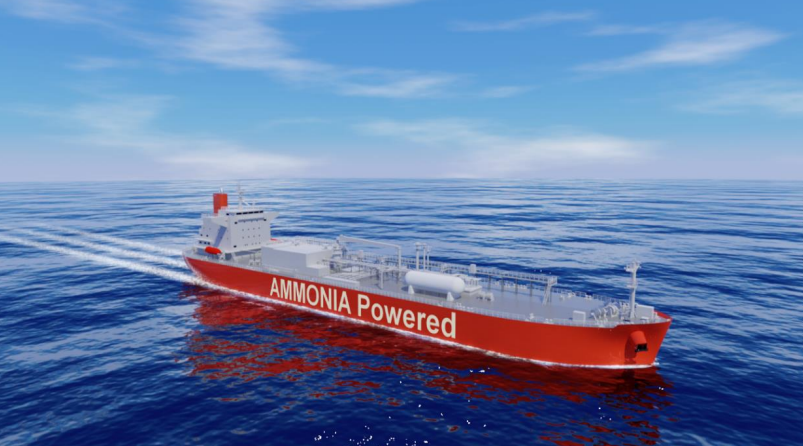
With the technology playing an increasingly critical role in every aspect of the business, MOL Group recognizes the need to accelerate its operational development. This will be achieved through capitalizing on various energy-saving devices (ESD) and technology deployment to its MOL Group-operated vessels to drive successful transformation translated into improved fuel efficiency and reduction of GHG emissions.
Through this partnership, 30 project specialists from the three companies will be involved to pursue fuel efficiency and further reduce GHG emissions from vessels immediately.
The partnership has set a clear target to achieve a 5% improvement in fuel efficiency (i.e. compared to FY2019) by the end of FY2024 through synergetic collaborations with EcoMOL, which was established in the Philippines in May, with the goal of promoting vessel operating efficiency.
Related Article
-
MOL creates Philippine subsidiary to drive shipping decarbonisation
Business Developments & Projects
Specifically, the partner companies will comprehensively examine the different characteristics and conditions of every vessel, and combine 18 different types of measures, encompassing optimal trim, advanced low friction & antifouling paint usages, optimal propeller retro-fittings, best ESD combinations studies, and introduction of various energy-saving technologies and equipment in a timely manner.
In addition, the scope will expand to each vessel’s optimal maintenance revision not limited to dry-docking maintenance but also other timings such as during berthing/anchoring so that the companies can utilize every opportunity to improve vessels’ performance.
Furthermore, the companies will expand their projects through conducting analysis, validation of the effects, and continuous improvements in line with the PDCA cycle, utilizing highly granular operational big & rich data which is readily available from the equipment already installed to vessels in FOCUS project, and steering an engineering-based approach.
The MOL Group set mid-to-long-term targets to reduce GHG emissions intensity in marine transport by approximately 45% by 2035 (i.e. versus 2019) and achieve net zero GHG emissions by 2050 through five strategies which include boosting operational efficiency in MOL Group Environmental Vision 2.1. Through the strategic partnership, MOL said it will carry forward fuel efficiency and GHG reduction from ships and contribute to achieving a low-carbon and decarbonized society.
Related Article
MOL supports ‘Making Net-Zero Ammonia Possible’ proposal
In a separate announcement, MOL revealed it endorsed a new strategy from the Mission Possible Partnership aimed at promoting decarbonisation in industry. The sector transition strategy “Making Net-Zero Ammonia Possible” wants to ramp up production of zero-emission ammonia, potentially for use as a clean marine fuel.
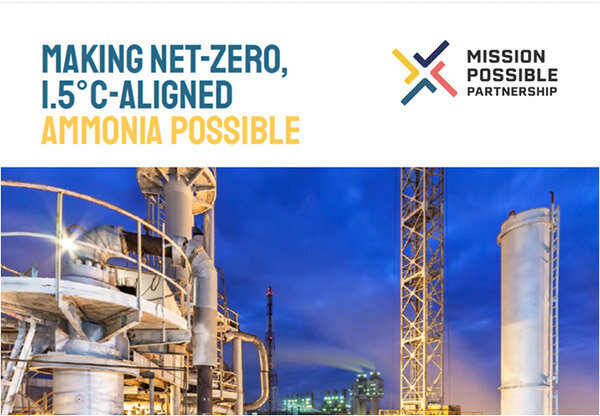
Specifically, the proposal identifies this decade as a critical period toward the decarbonisation of the ammonia industry by 2030, and sets out specific action requirements for stakeholders on what clean energy, industrial plants, and policy reforms, etc. should look like across the entire value chain in order to reach the Paris Agreement targets by 2050.
Today’s ammonia production of 185 Mt annually is driven mostly by its use in fertilizer, a process that relies heavily on fossil fuels for both hydrogen feedstock and heat generation. To remain within a 1.5oC-aligned sectoral ‘carbon budget’, between 20% and 40% of total production should come from near-zero emissions production technologies by 2030. This requires scaling up the current project pipeline by 200-400%.
Earlier this year, MOL and compatriot shipbuilders Tsuneishi Shipbuilding and Mitsui E&S Shipbuilding launched a joint project aimed at developing and building an ocean-going liquefied gas carrier that will use ammonia as its main fuel.
The project came a year after MOL decided to re-enter the ammonia transport business after almost five years of being absent from the trade.
Related Article
-
MOL, Tsuneishi, Mitsui E&S join forces on ammonia-powered liquefied gas carrier
Business Developments & Projects
Together with Namura Shipbuilding and Mitsubishi Shipbuilding, the company has been also developing a large-size ammonia carrier powered by ammonia fuel.

